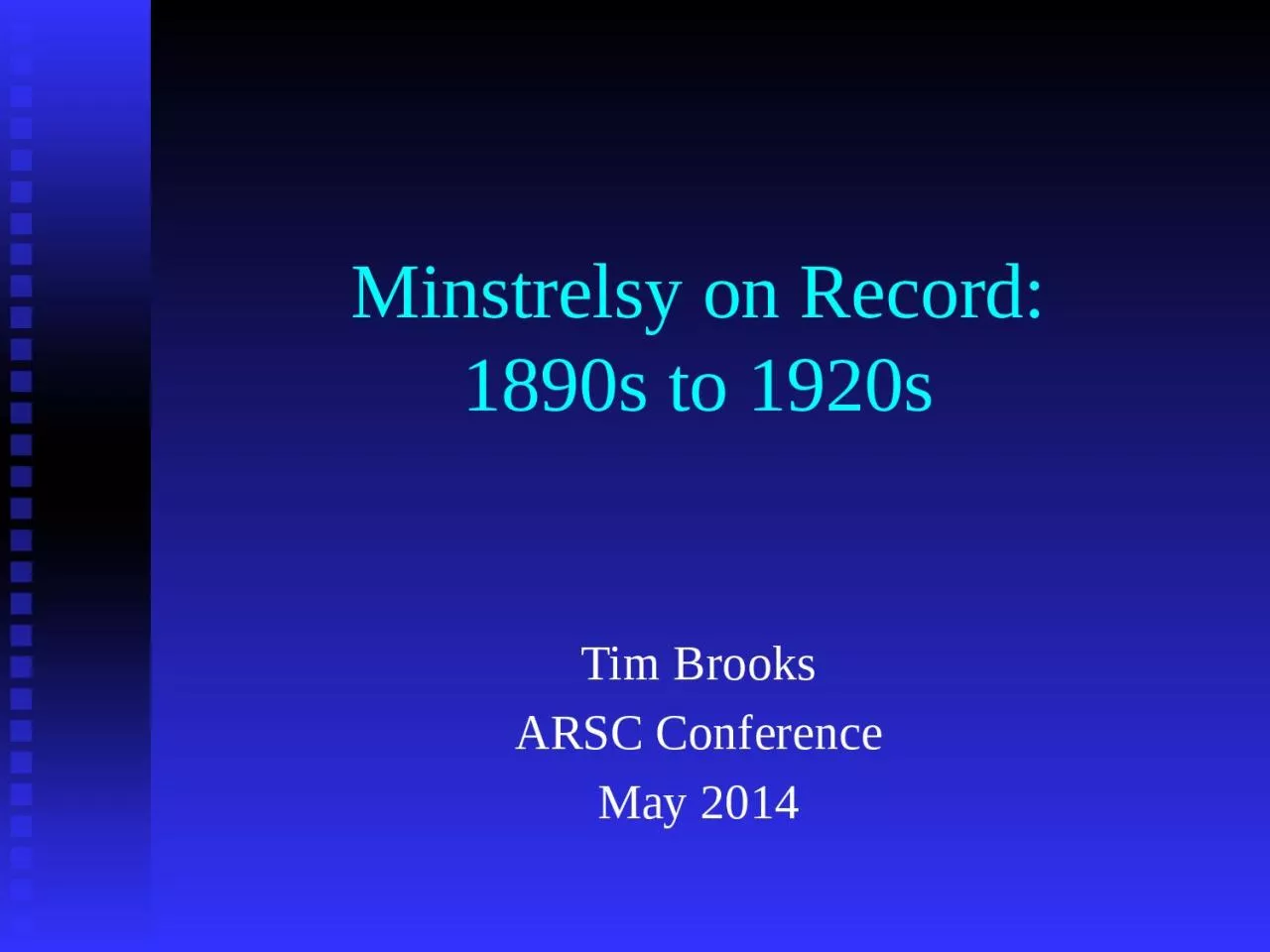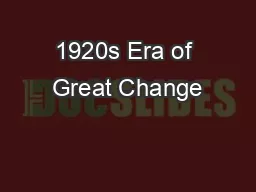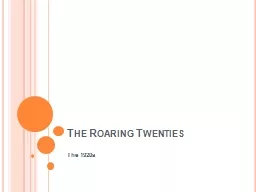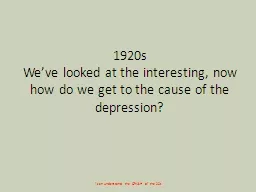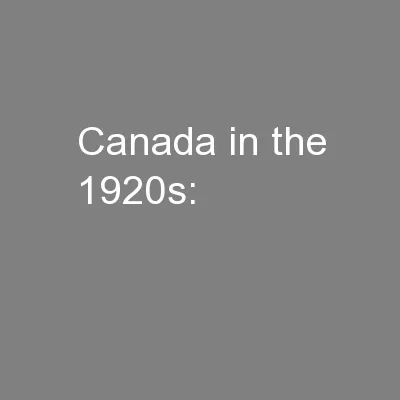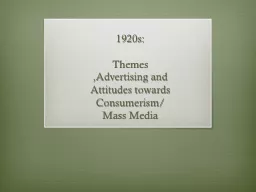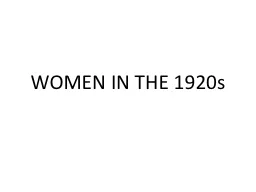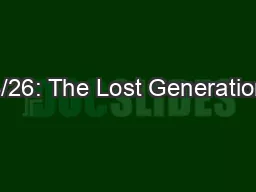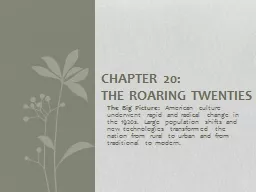PPT-Minstrelsy on Record: 1890s to 1920s
Author : tracy | Published Date : 2023-09-18
Tim Brooks ARSC Conference May 2014 Origins of Minstrelsy 1843 Christy Minstrels Black Minstrels Earliest Minstrel Records 1889 Duffy amp Imgrund Band The Jolly
Presentation Embed Code
Download Presentation
Download Presentation The PPT/PDF document "Minstrelsy on Record: 1890s to 1920s" is the property of its rightful owner. Permission is granted to download and print the materials on this website for personal, non-commercial use only, and to display it on your personal computer provided you do not modify the materials and that you retain all copyright notices contained in the materials. By downloading content from our website, you accept the terms of this agreement.
Minstrelsy on Record: 1890s to 1920s: Transcript
Download Rules Of Document
"Minstrelsy on Record: 1890s to 1920s"The content belongs to its owner. You may download and print it for personal use, without modification, and keep all copyright notices. By downloading, you agree to these terms.
Related Documents

